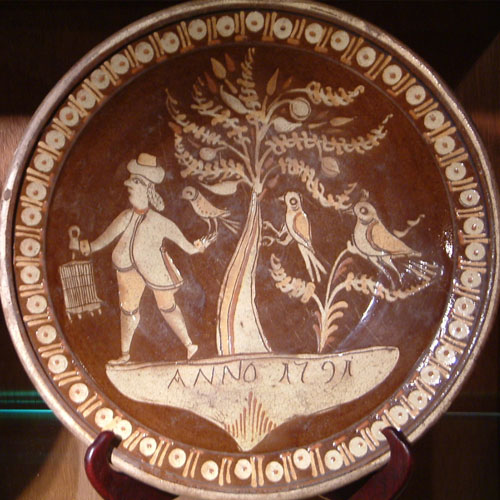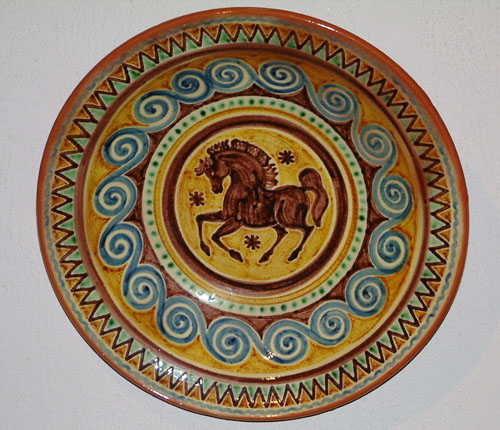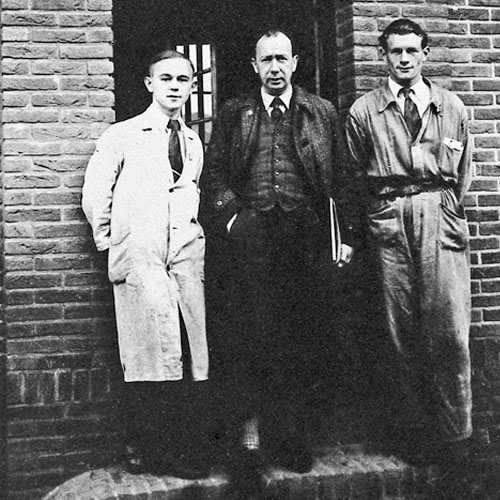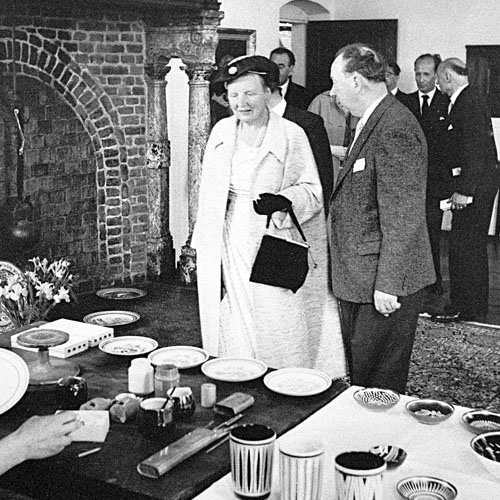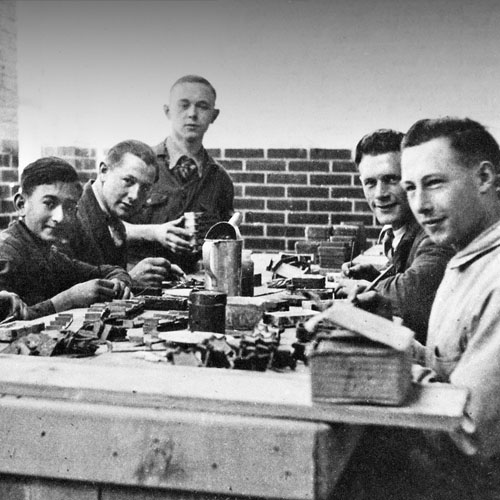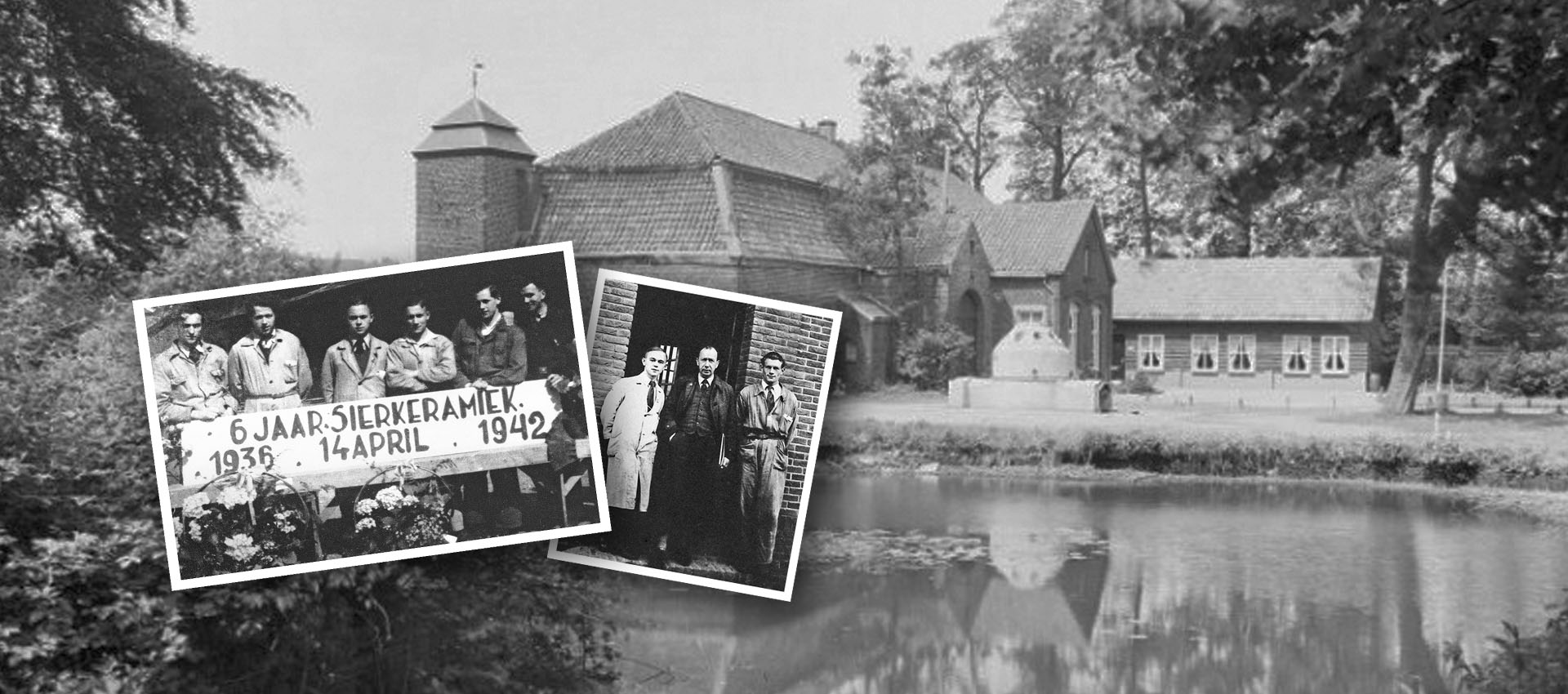
Origin
Tegelen clay
Meuse and Rhine have deposited clay in this region for millions of years. At the beginning of our era, the Romans were already using this clay as a raw material for utility ceramics, roof tiles and bricks. The place name Tegelen therefore comes from the Latin word for roof tile: tegula.
Tegelen potters have been working with Tegelen clay for hundreds of years. They make pots and crockery for use in the kitchen, as well as decorative pieces such as tobacco pots and stove top stands. They also make large quantities of tiles.
Industrialisation
However, the rise around 1830 of the large-scale and high-quality ceramic industry in Maastricht meant the death knell for the numerous Tegelen artisanal family businesses. By the mid-nineteenth century, therefore, there is hardly any activity of potters here any more. But the clay does not stay in the ground for long.
Around 1860, the clay industry received a new impulse. Entrepreneurs from Tegelen saw potential in the industrial manufacture of bricks and roof tiles (coarse ceramics). Within a relatively short time, some 30 new ceramic companies come into being.
Revival of handicrafts
In 1935, George Goossens, co-director of the Tegelen coarse ceramic company Russel-Tiglia, organises an exhibition of old Tegel ceramic handicrafts still owned by the people of Tegelen. This collection stays together and forms later on the basis of the Pottery Museum, which in turn turns into today’s Ceramics Museum Tiendschuur.
In addition, in 1936 George Goossens opens a workshop in his factory in which the handicraft of Tegelen ceramics is revived. Young talented workers are trained to become true craftsmen. Artists including Corneille, Karel Appel and Anton Rooskens – later forming the Cobra group – visited the Tegelen workshop and became inspired by the possibilities of clay. The artists, in turn, also inspired the Tegelen craftsmen.
The Kunst Keramisch Centrum grows out of this workshop and moves to the Tiendschuur in 1985. In 1987, the Pottery Museum joins. A logical combination: both active in art ceramics and both created thanks to the inspiration of George Goossens. On 21 June 1987, museum and studio open their doors together in the Tiendschuur under the name Ceramics Centre Tiendschuur.
Building history
Ceramics Centre Tiendschuur is located on the beautiful estate of Holtmühle Castle (17th century). This castle complex is one of the few in the Netherlands that has been preserved in its entirety, including moats, tithe barn, castle gates, gardens, ponds and grounds. It is almost 700 years old and after an extensive restoration in 1993, the castle houses a hotel-restaurant. Tenants of land once owed one-tenth of their harvest to the lord of the castle as rent. This harvest was stored in the tithe barn (18th century). Now this barn has been beautifully restored and houses Ceramics Centre Tiendschuur, museum and workshop.
